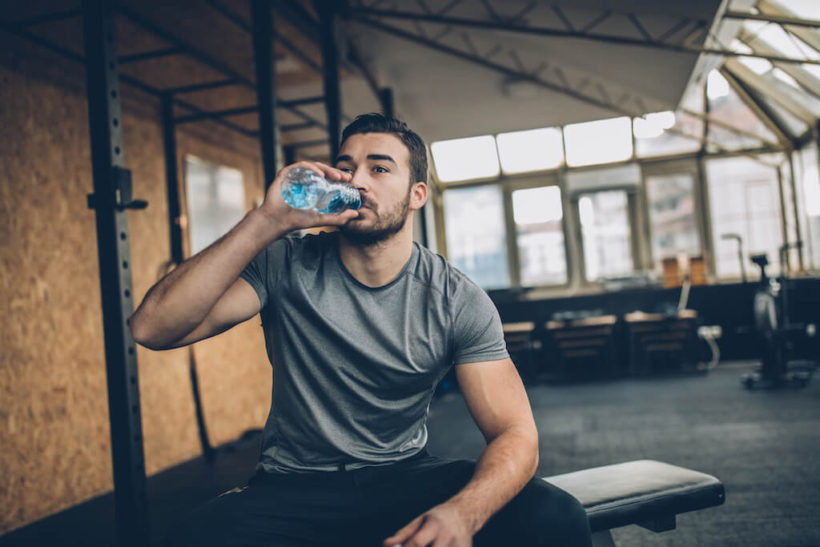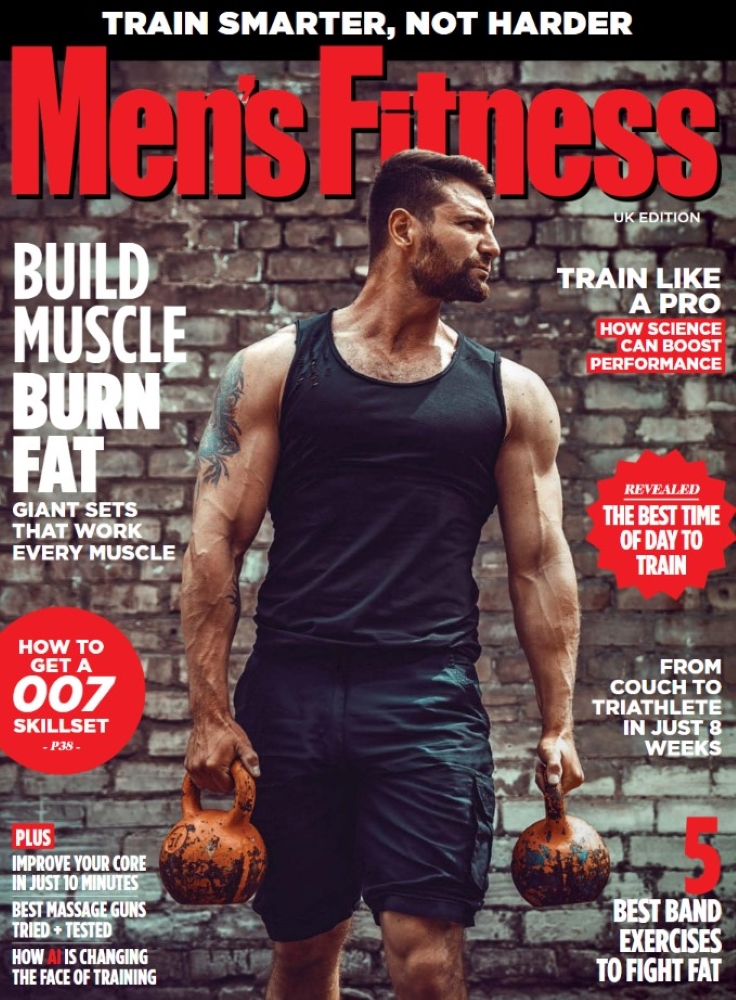Circuits and CrossFit-style WODs aside, most muscle-building workouts involve just as much time sat around as time mid-lift – so here’s how long you should actually rest for between sets at the gym…
Q: I just rest between sets until I can go again. Isn’t that right?
A: Not quite. Manipulating any of the variables in a resistance workout – exercise choice, load, volume, rest period lengths or even the order you do the exercises in – alters the unique structure of the workout and changes the cellular and molecular response you get from it.
Basically, if you change your weights, the number of reps or sets or the amount of rest, your workouts will produce vastly different outcomes, even if they’re superficially similar. So, when you’re planning an exercise programme, your end goal should clearly dictate how much you rest.
Related: Full-Body Supersets Gym Workout
Q: OK. So what am I doing wrong when it comes to rest times?
A: We’ve all seen people in the gym cranking out reps, resting for 15 seconds, then cranking out a few more and wondering why they can’t match their first set. If you ask to share the bar or ‘work in’, the response is almost always, “Oh, I’ve just got one more set,” which they start as they finish the sentence. The problem is, working out like this gives you density not intensity, and it can ruin your results.
Q: How long should I rest for in the gym?
A: If you’re wondering how long you should rest for in the gym, it depends on your goals. The nervous system can take a long time to recover when using rep ranges of 1 to 5, which you do when strength is the primary or only goal of your workout, so rest periods of three to five minutes are most effective here.
Q: What if I want to get bigger? Or leaner?
A: Then keep your rests shorter – 30-60 seconds if your aim is to drop body fat, and one to two minutes if you want to gain lean mass. These rest lengths will help increase the production of growth hormone, which is important for metabolising fat and repairing tissue. The important factor to consider here is that performance, which means how many reps you can do with the same weight, is likely to diminish with each subsequent set. So you won’t be able to work as hard and your gains will suffer.
Q: Is there a way to get the best of both worlds?
A: A great way to maximise growth hormone production while still recovering between moves is to use antagonist supersets – for example, a chin-up followed by a dumbbell bench press. This allows the major muscles fatigued in the first exercise to rest during the second exercise, so you can get a big growth hormone boost with a smaller reduction of performance. You’ll be getting both intensity and density – perfect for muscle, strength and fat loss.
Q: What else can I do to ensure I’m resting correctly at the gym?
A: Rest isn’t just about the time between work sets. On some non-workout days, do recovery sessions – low-volume, low-intensity workouts that drive blood into the muscles and alleviate stiffness. Go for a bike ride or do a quick circuit of bodyweight moves, such as lunges and press-ups. Don’t overtax yourself – you should end up feeling more energised. This will help your muscles recover and grow, and prepare you for the next workout.








